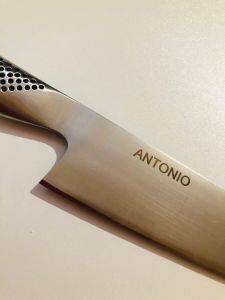Language
WORLDWIDE SHIPPING
Case complete with 6 knives Tecna series by Sanelli Ambrogio and Pinza
€210.00
€172.13
Availability:
In stock
Very spacious case by Sanelli complete with basic knives for a professional chef or a cooking school student.
The case contains 6 knives from the Tecna Series and 1 Pliers by Sanelli Ambrogio, but can accommodate up to 17 tools and three large transparent pockets allow you to place thermometers, timers, stones, chef's clothing
The case comes complete with:
• Vegetable knife (7 cm blade, green handle): ideal for small cuts and precision work on vegetables and fruit. (TT91.007G)
• Multi-purpose knife with serrated blade (14 cm blade, green handle): excellent for bread, tomatoes and foods with a resistant crust or peel. (TT90.014G)
• Narrow boning knife (14 cm blade, red handle): specifically designed to separate meat from the bone easily. (TD07.014R)
• Santoku knife with alveolated blade (18 cm blade, green handle): the ideal choice for slicing, chopping and mincing; the alveolations prevent food from sticking to the blade. (TC50.018G)
• Flexible filleting knife (18 cm blade, blue handle): the thin and flexible blade ensures precise filleting of fish and delicate meats. (TC51.018L)
• Chef's carving knife (24 cm blade, green handle): Powerful and precise, perfect for large cuts and important work. (TC49.024G)
• Kitchen tongs total length cm. 23 by Sanelli Ambrogio
The knives of the Tecna Line have a blade in stainless steel with chrome, molybdenum and vanadium X50CrMoV15. The handle is made of an internal core in rigid and non-deformable plastic material, joined with maximum safety to the steel tang, and a softer external coating in thermoplastic rubber. The surface in contact with the hand is covered with microspheres that allow exceptional comfort and incredible anti-slip properties. Precise and indelible laser marking of the logo, with batch number and product code.
The case has closed dimensions of 51x21 cm, open dimensions of 92x51 cm. Closing clip and shoulder strap perfect for transport.
FAQs

 IT
IT FR
FR
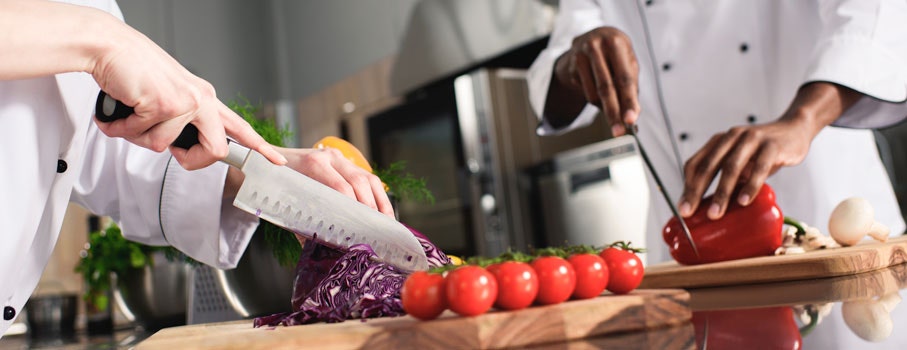
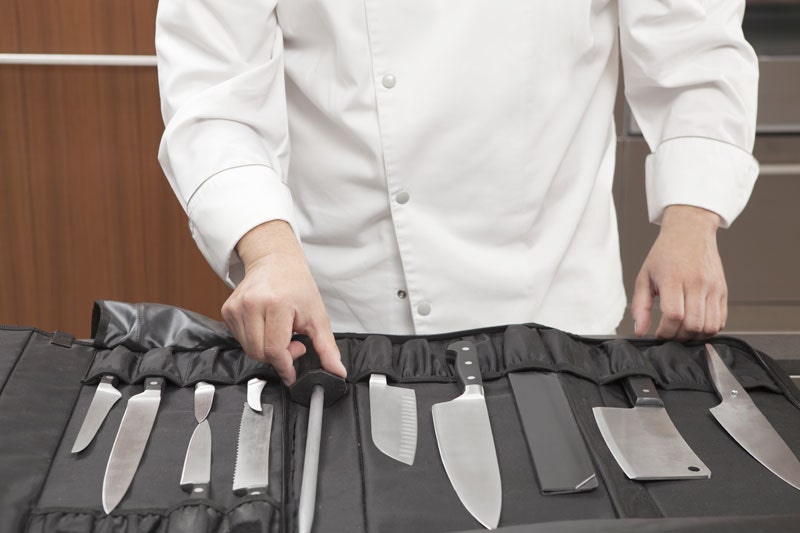
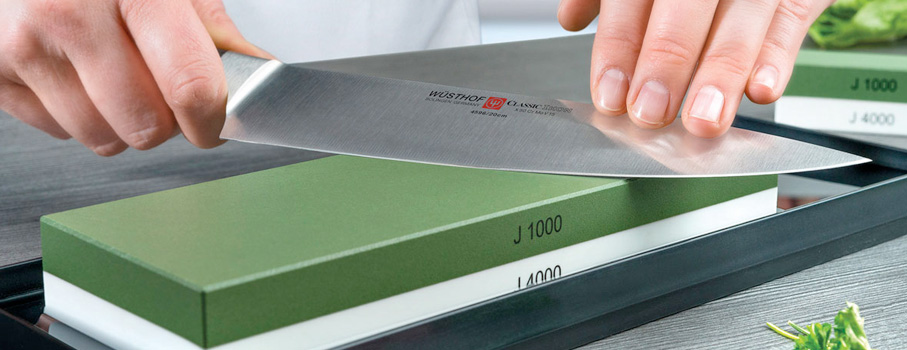
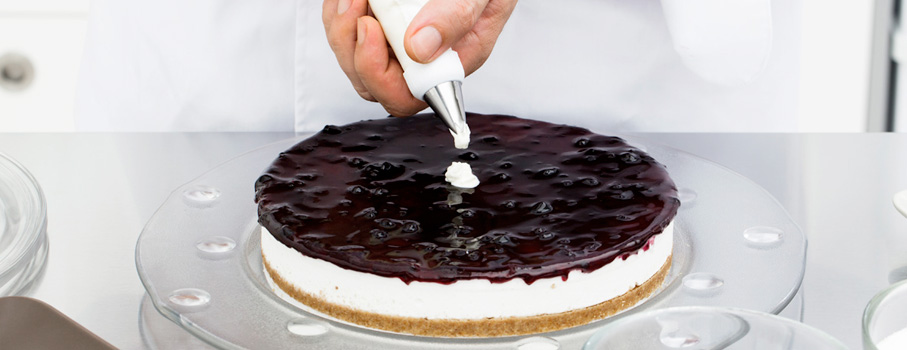

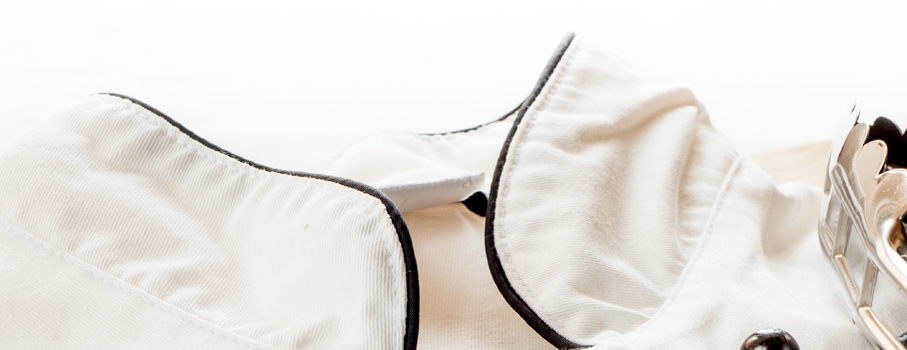
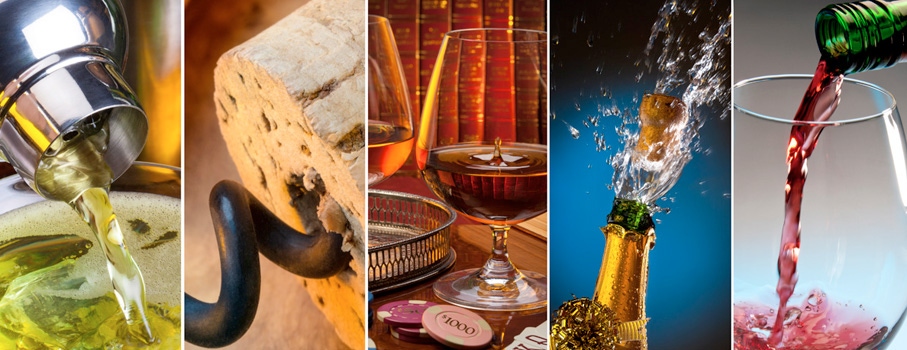
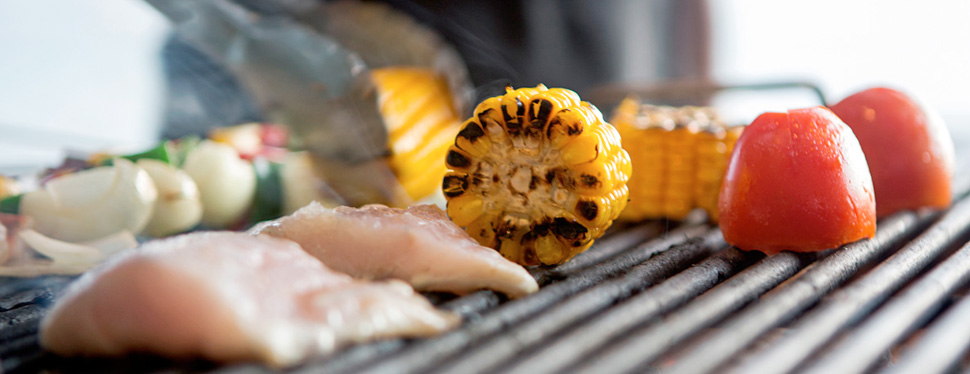

 IT
IT FR
FR
